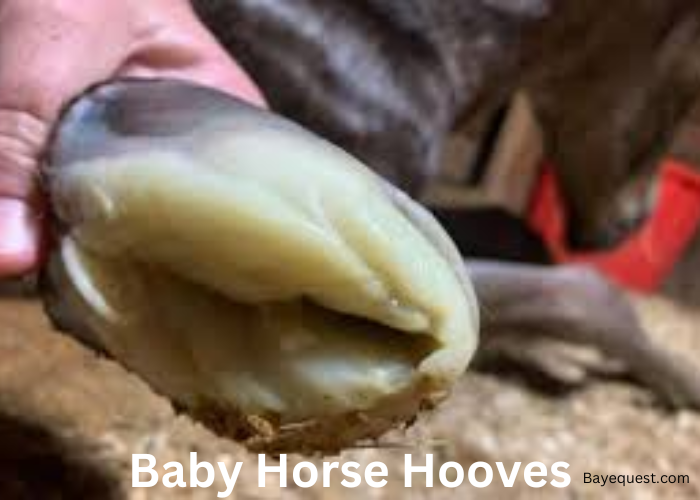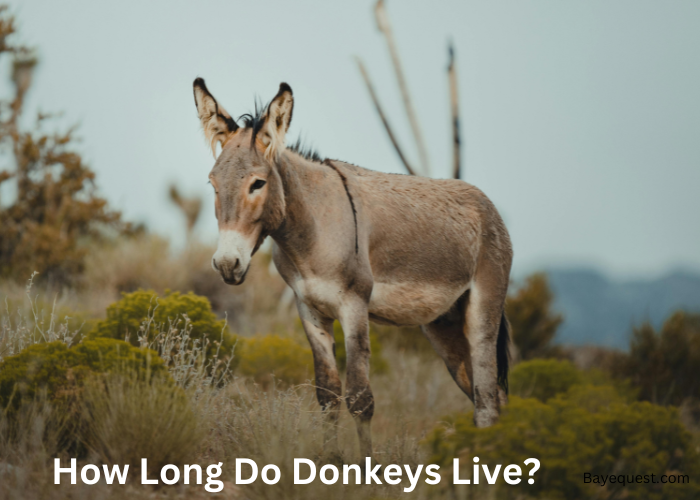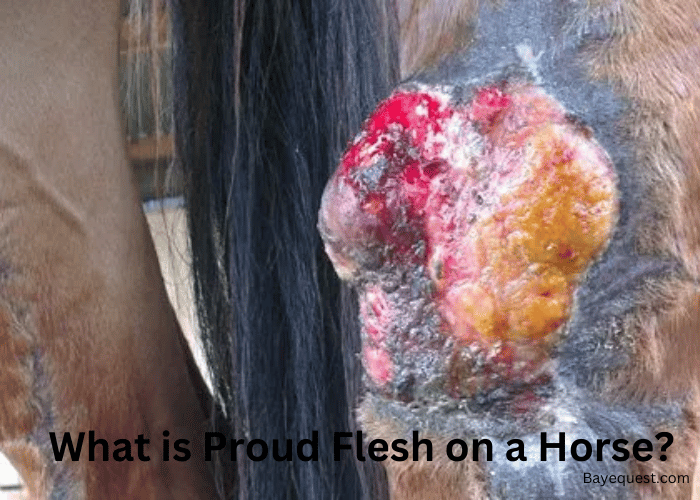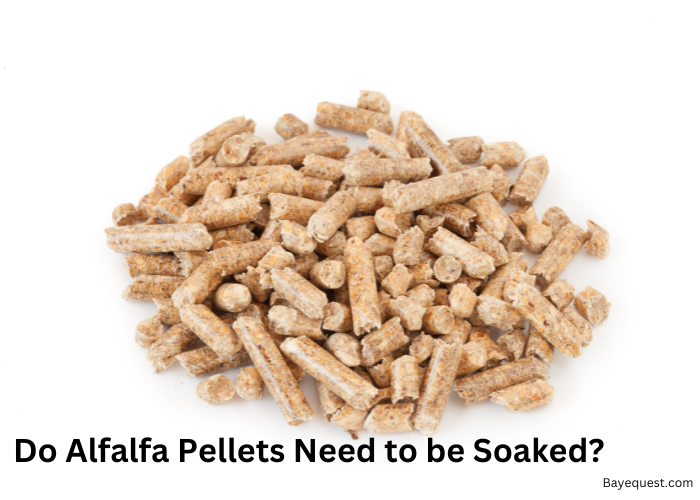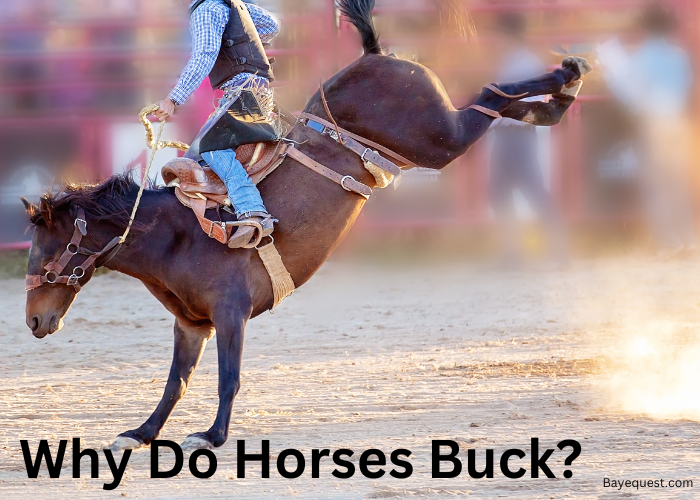Foals are born with hooves as soft as marshmallows. It’s fascinating to see them go from squishy to strong in just a few months.
Keeping those delicate hooves healthy might seem tricky, but it doesn’t have to be. This blog is here to guide you with simple tips and expert advice.
We’ll cover everything from daily care routines to common mistakes you should avoid.
Whether you’re a first-time owner or an equine owner, you’ll find something useful here.
Let’s help those tiny baby horse hooves get ready for their first big adventure.
Anatomy of Newborn Horse Hoof
Foal hooves are made up of three main parts. First is the hoof wall: the hard outer shell protects the hoof. It’s like a sturdy boot for your foal, shielding it from injuries.
Second, the sole: this is the bottom of the hoof. It bears the weight and handles the impact when the foal walks or runs. Think of it as the foal’s shock absorber.
Third, the frog: this is a soft, V-shaped pad in the middle of the sole. It’s crucial for grip and helps pump blood through the hoof, keeping it healthy and strong.
Foal hooves are softer and more delicate than adult hooves because they are still developing.
Each part needs proper care to ensure the foal grows with strong, healthy hooves.
What is Eponychium (Fairy Fingers Horse)?
The eponychium is a soft, protective covering on a foal’s hooves at birth. It is the squishy layer that covers a newborn foal’s hooves.
It keeps the foal from hurting itself or the mare during birth. This soft layer wears off once the foal begins walking, revealing the hoof beneath.
So, it’s like nature cushioning a foal’s first steps into the world.
Why Do Ungulates Need Eponychium?
Ungulates, like foals, are born with the eponychium, a soft layer on their hooves.
It’s there to protect the mother and the newborn during birth. The hard hooves could injure the birth canal or the mother without this cushion.
It also prevents damage to the hooves of the foal when it first starts moving. It is like temporary padding.
The eponychium wears away once they begin to stand and walk, allowing the hooves to harden and adapt to their new world. It’s nature’s way of ensuring a gentle start.
Are Baby Horses Born with Hooves?
Yes, baby horses are born with hooves. But here’s the twist: they’re covered in a soft, rubbery layer called the eponychium.
This layer protects the mare and foal during birth. It’s like having little slippers on to avoid scratching or hurting anything.
As the foal stands up and starts moving around, this soft covering wears off, revealing the real hooves underneath.
So, they’re born with hooves, but they start with a gentle, protective coating.
What Do Baby Horse Hooves Look Like?
Baby horse hooves look like tiny, padded slippers when they’re first born. They are soft, squishy, and covered in a rubbery layer called the eponychium.
This covering is usually white, yellow, or gray, protecting the foal and its mother during birth. This soft layer quickly wears off as the foal starts to stand and move around.
Underneath, the hooves are smaller versions of adult horse hooves but still a bit softer and more delicate.
The final hooves are glossy and smooth, ready to toughen up as the foal begins to explore its world.
Are Baby Horse Hooves Weird?
Horse fairy fingers seem weird at first glance. They look like they’re wearing squishy, rubbery shoes.
This strange look is thanks to the eponychium, a soft layer that protects them and their mothers during birth.
It covers the hooves completely, making them look more like little pillows than the hard hooves we’re used to seeing.
But once the foal starts moving, this layer wears away, revealing the smooth, tiny hooves underneath.
So, while they might look odd at first, it’s all part of the amazing process of getting ready for their first steps.
How Long Does It Take for Foal Hooves to Harden?
Foal hooves begin to harden almost immediately after birth. The soft eponychium layer wears off as the foal starts moving around.
The hooves will start to toughen up within a few hours to a couple of days.
By the end of the first week, they’re typically much harder and more like what you’d expect from a horse hoof.
So, it’s a quick transition from those soft, squishy coverings to sturdy, ready-to-roam hooves.
Why do Foals Need Fully Formed Feet?
Foals need fully formed feet right from birth because they must start walking almost immediately.
This quick mobility is crucial in the wild for escaping predators and keeping up with the herd.
Fully formed feet provide the necessary support and balance for these first critical steps.
They also help foals stand and nurse properly, ensuring they get the nutrition they need.
Even though the hooves start soft, they need to harden fast to provide the strength and protection required for the foal’s early movements and explorations.
Foal Hoof Care
Foal hoof care is about keeping those tiny feet healthy and strong as the foal grows. Here’s what you need to do:
Regular inspection. Check the foal’s hooves daily for any signs of injury or abnormality. Look for cracks, heat, or anything that seems off.
Cleaning. Keep the hooves clean. Use a hoof pick to remove dirt and debris gently. This helps prevent infections like thrush.
Trimming. Schedule regular trims with a farrier. Even though the hooves are growing and changing, they still need to be shaped properly to avoid problems.
Environment. Ensure the foal’s living area is clean and dry. Wet or dirty conditions can lead to hoof issues. Provide a soft bedding to avoid any hard surfaces that might cause damage.
Nutrition. Feed a balanced diet rich in essential nutrients like biotin and zinc, which are vital for hoof growth and health. Good nutrition supports strong hoof development.
Exercise. Allow the foal to move around freely. Regular movement promotes natural hoof growth and strengthens the legs and hooves.
Monitor growth. Keep an eye on how the hooves are developing. Watch for any unusual wear patterns or growth that might indicate a problem.
Seek professional help. If you notice anything unusual or if the foal seems uncomfortable, consult a veterinarian or farrier immediately.
Read also: How Wild Horses Trim their Hooves in the Wild.
Hoof Problems in Foals
Foal hooves can face a few common problems. Here’s what to watch for:
Thrush. This is a smelly infection of the frog’s soft hoof part. It occurs if the hooves stay wet and dirty. Clean and dry hooves can prevent it.
Cracks. Cracks can form if the hooves are too dry or grow unevenly. Regular trimming and good nutrition help avoid this.
Contracted heels. This is when the back of the hoof gets pinched. It can happen if the foal doesn’t exercise enough or the hooves aren’t trimmed correctly.
Sole bruises. These are painful spots on the bottom of the hoof. They can be caused by hard or rocky ground. Soft bedding and careful trimming can prevent them.
Hoof abscesses. These are pockets of infection inside the hoof, usually from a cut or puncture. They can cause sudden lameness. If you suspect an abscess, a vet or farrier should take a look.
Clubfoot. This is a condition where the hoof is too upright. It can be genetic or from improper care. Early detection and proper trimming are key.
Laminitis. Though rare in foals, it’s a serious inflammation of the hoof. It usually needs immediate vet attention. Watch for signs of pain or reluctance to walk.
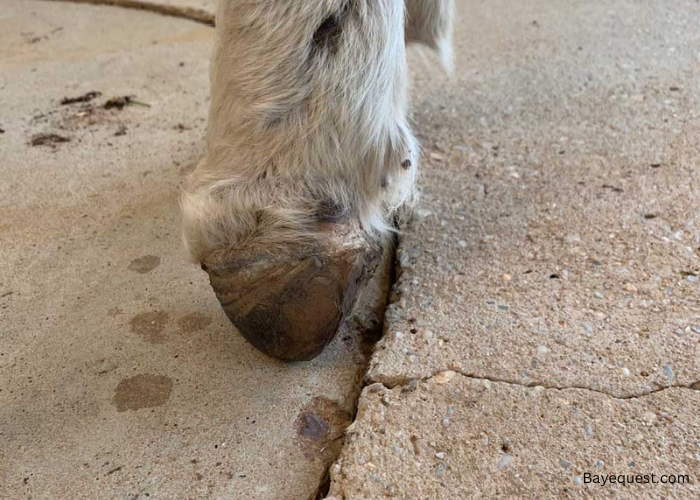
Factors Affecting Baby Horse Hooves
Several factors impact the health and development of baby horse hooves. Here’s what to keep in mind:
Nutrition: Good nutrition is crucial. Foals need a balanced diet rich in vitamins and minerals like biotin, calcium, and zinc. These nutrients support strong hoof growth.
Genetics: Some hoof problems can be inherited. Knowing the parents’ hoof health can give you insights into potential issues your foal might face.
Exercise: Regular movement is essential for hoof development. Exercise promotes blood flow and strengthens the hooves. Ensure your foal has plenty of space to roam.
Environment: A clean, dry environment helps prevent infections and other hoof issues. Muddy or wet conditions can lead to problems like thrush and sole bruises.
Trimming: Regular hoof trims keep the hooves shaped correctly and prevent overgrowth, cracks, and imbalances. Start trimming early with a qualified farrier.
Surface: The ground surface affects hoof wear and tear. Soft bedding and even terrain help prevent injuries and support healthy hoof growth.
Hoof care routine: Daily cleaning and inspections help catch problems early. Use a hoof pick to remove dirt and debris, and check for any signs of damage or infection.
Injury: Accidents can happen. Watch for signs of lameness or discomfort, which could indicate a hoof injury. Prompt treatment can prevent complications.
Do Foal Hurt Their Mums When They Kick in the Womb?
Foals do kick in the womb, but they don’t usually hurt their mums. Their hooves are covered by a soft, protective layer called the eponychium.
This cushiony layer prevents the sharp edges of the hooves from causing injury.
So, while the mare might feel the kicks, they’re generally not painful because the foal’s hooves are designed to be gentle until after birth.
It’s nature’s way of keeping both mum and foal safe during those active moments in the womb.
Newborn Foals Hoof: Conclusion
Caring for foal hooves might seem like a small task, but it’s a big deal for your little one’s future. From their soft, newborn slippers to strong, sturdy hooves, each step counts.
Keep those feet clean, trimmed, and well-nourished. Pay attention, and you’ll set your foal up for a lifetime of happy gallops. Remember, healthy hooves are the foundation for a healthy horse.
So, get down there, check those hooves, and give them the best start you can. Happy hoof care, and may your foal trot with joy.




